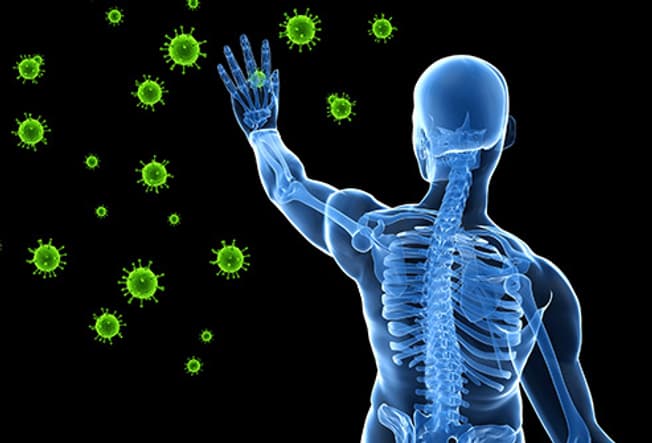The Immune System - Innate, Adaptive and Dendritic Cells

The immune response is a natural protective defence mechanism when a virus invades the body. It consists of a combination of Innate and Adaptive components. This article will discuss the Innate and Adaptive immune responses and T regulatory and dendritic cells.
Innate immune response
The innate immune response is a host's first defence against infectious disease. It is responsible for recognizing and reacting to pathogens, resulting in inflammation and cell death. In vertebrate organisms, this response is mediated by Toll-like receptors. Various studies have focused on the role of these receptors in the immune system and have provided new insight into the nature of host defence.
Adaptive immune response
The adaptive immune response occurs after the body detects a foreign organism. This response is triggered by an antigen on a pathogen's surface. These molecules are then recognized by the body's cells called lymphocytes, activating and killing the pathogen. There are several types of lymphocytes, each of which uses a different method to neutralize the pathogen. These cells include T cells and B cells.
T regulatory cells
T regulatory cells (Tregs) are immune cells that help regulate the immune response. They are important in maintaining immune homeostasis and self-tolerance. They also play important roles in regulating a wide range of immune responses.
Dendritic cells
Dendritic cells are important mediators of the immune response and are responsible for directing the function of B and T lymphocytes. They also process antigens, produce lymphocyte co-stimulatory molecules, and migrate to lymphoid organs. They are also useful in the therapeutic management of the disease. As they are readily available, dendritic cells can be manipulated to improve the immune system.
Dendritic cells are the boundary between innate and adaptive immunity.
The body's dendritic cells are the primary interface between the innate and adaptive immune systems. They provide four signals to T cells, modulating adaptive immune responses. The two immune systems work together to provide the best defence against a changing world.
Th2 response
The Th2 immune response is an inflammatory response involving the recruitment of mast cells and activation of eosinophils and basophils. These cells act as a protective barrier against pathogens by activating B cells and secreting cytokines. This type of immune response is a major contributor to asthma.
Killer T cell response
Killer T cells are an important part of the immune system and kill off infected cells. They recognize foreign cells and tissues and help B cells produce antibodies. To do their job effectively, killer T cells must migrate to the site of infection and directly bind to the target cell.



